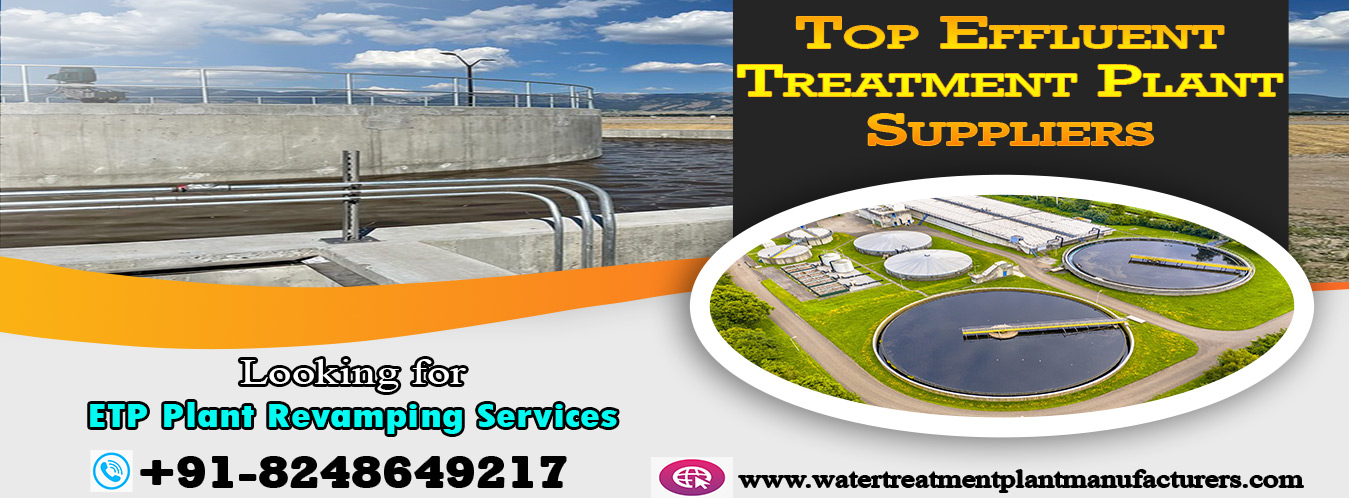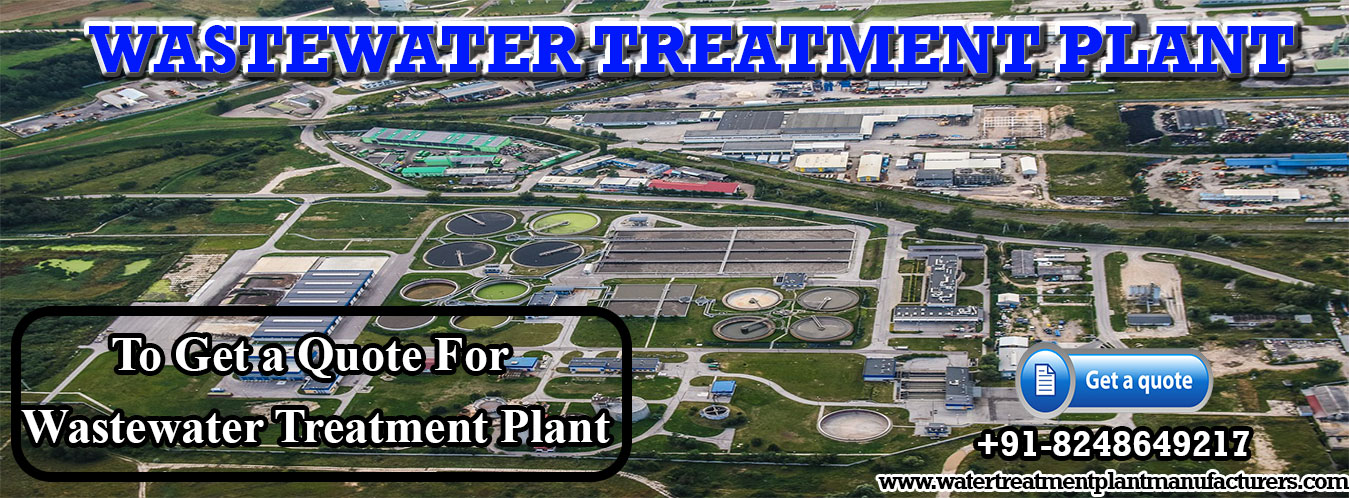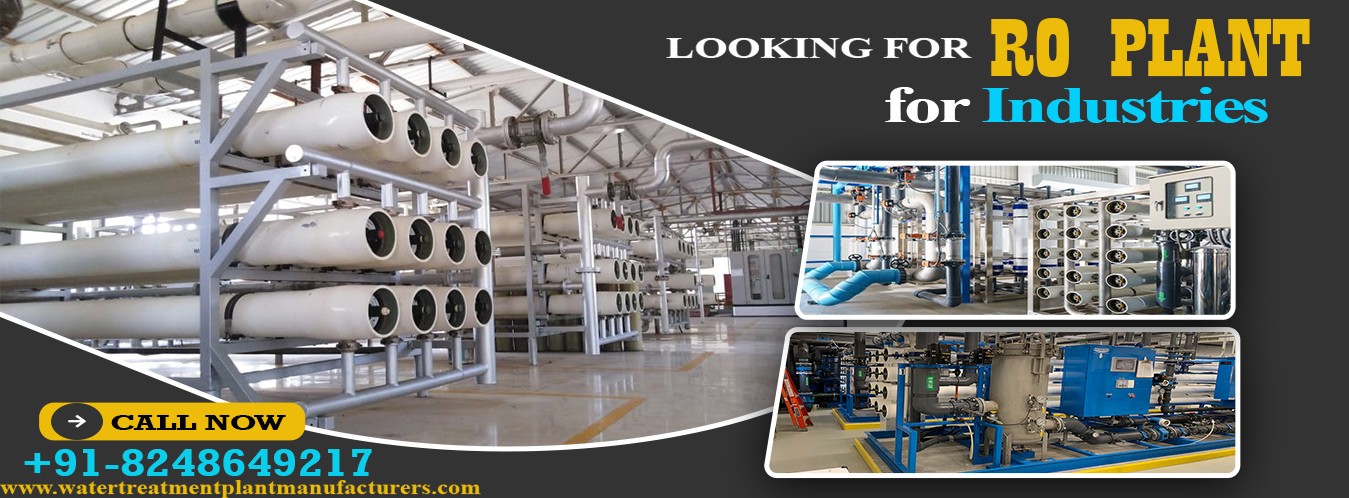
WELCOME
GJ WATER TECHNOLOGIES

WELCOME
GJ WATER TECHNOLOGIES

WELCOME
GJ WATER TECHNOLOGIES

WELCOME
GJ WATER TECHNOLOGIES
WTP Plants assume a fundamental part in giving perfect and safe water to the resident’s communities. They remove debasements and impurities, like bacteria, infections, heavy metals, and other broke down solids, from different water sources like bore well, big hauler, or even civil supplies. An appropriately working WTP guarantees that the water is safe for drinking, cooking, and other family utilizes.
There are a few types of WTPs that can be installed in residential communities, contingent upon the particular water quality issues looked by the residents. These include:
Physical Treatment Plants: These plants basically utilize physical processes like sedimentation, filtration, and flotation to eliminate pollutants and suspended solids from the water.
Chemical Treatment Plants: Chemical processes like chlorination, coagulation, and flocculation are utilized in these plants to remove contaminants, including microbes, infections, and different microorganisms.
Biological Treatment Plants: These plants utilize organic cycles like enacted ooze or streaming channels to eliminate natural poisons and disintegrated solids from the water.
Desalination Plants: These plants are designed to eliminate salts and other broke down solids from saline water sources, like seawater or brackish groundwater.
A waste water treatment plant (WWTP), gets and treats municipal and industrial wastewater. That is, a WWTP gets water eliminate waste, oil and floating oils, sand and any coarse flotsam and debris present in the water; the treatments eliminate natural and inorganic materials through settling processes, as well as biodegradable natural material broke down in the water.
Waste water treatment plants produce sewage sludge. Sewage sludge is a mud-like buildup that might contain heavy metals and microorganisms, for example, infections and microscopic organisms. It likewise contains significant natural matter and supplements like nitrogen and phosphorus, and can in this way be exceptionally valuable as a manure or soil improver.
The sludge is concentrated through parchedness and a portion of its parts are recuperated (fertilizing the soil, gasification, biomethanation). Four processes are involved: thickening, absorption, parchedness, and tertiary treatment indeed.
Waste water recycling (otherwise called water reclamation) is the most common way of treating wastewater, with waste water recycling plants so it very well may be reused in your or another company's industrial water cycles.
The wastewater from many manufacturing industries is undermining the marine and wetland ecology of a huge region, as well as the safety of the human population, which embodies the overwhelming natural effect that mismanaged wastewater can have.
One of the most pressing difficulties for those keen on fostering a more safer, more circular, and the manageable industrial economy is tracking down new, economically effective methods for handle possibly risky waste.
The Water Recycling Plant is a secluded solution involved prefabricated, water treatment units and parts. It is especially fit to concentrator plants where tailings are dewatered, and water utilization is moving to short reuse water streams.
A wastewater treatment system is a system comprised of a few individual innovations that address your particular wastewater treatment needs.
Treating wastewater is seldom a static cycle, and a wastewater treatment system that is designed to oblige changes in treatment needs will go quite far in keeping away from exorbitant replacements/overhauls down the line.
A proficient and well planned wastewater treatment system ought to have the option to deal with:
• process varieties in defilement and stream
• varieties in water science needs and required chemical volumes changes
• potential changes in water effluent necessities
As referenced over, the specific parts of a wastewater treatment system rely upon the wastewater characterization comparable to regulatory requirements for release from the plant, however as a rule, a basic wastewater treatment system regularly incorporates some type of:
• clarifier to settle suspended solids that are available because of treatment
• chemical feed to help with working with the precipitation, flocculation, or coagulation of any metals and suspended solids
• filtration to eliminate all the extra follow measures of suspended solids (once more, the degree of filtration required will rely upon the level of suspended solids evacuation expected to pass nearby release guidelines)
• Last pH change and any post treatment
• panel board (contingent upon the degree of automated activity required)
Contingent upon the needs of your plant and interaction, these standard parts are generally satisfactory, nonetheless, assuming your plant requires a system that gives a smidgen more customization; there may be a few elements or innovations you should add on. For instance, for facilities that produce organic interest, for example, food and drink a natural treatment system will be expected to reduce the BOD (biochemical oxygen demand), and so on.
Industrial wastewater treatment system and drinking water treatment are the greatest amount of need of great importance with the always developing requirement for the facilitation of designing and science today.
Industrial wastewater treatment system is characterized as the interaction utilized for treating wastewater delivered by practically any industry as a result. Industrial wastewater treatment system covers the systems and processes used to treat wastewater that has been debased here and there by industrial or chemical activities.
There are different manners by which industrial wastewater is treated, including chemical treatments, natural treatments, and the actual expulsion of contaminants. There are various processes that industrial wastewater should go through. The first is to sift through the enormous pollutants that might stop up the drains, like paper, plastics, metals, material, and so forth. The water passes into a sedimentation tank where inorganic and organic solids are passed on to settle at the base as sludge, and light materials, for example, oils and oil, will drift on the top as filth. The rubbish can be skimmed off and the silt gathered. Commercial Waste Water Treatment System
This process is completed for a bigger scope by a commercial wastewater treatment plants. It can deal with wastewater from commercial improvements or enormous designs. A commercial wastewater treatment plant can be fabricated if and provided that the accompanying circumstances are met:
A public principal sewer is available, yet it is deficient to deal with the sewage and wastewater created by commercial or new turns of events.
A commercial wastewater treatment system supports the decrease of hurtful parts found in wastewater produced by huge commercial improvements. It is utilized in circumstances where there are an enormous number of people visiting or present in the premises.
Recollect that when your commercial wastewater is released into waterways, the presence of nitrogen and phosphorous substance can cause eutrophication, which can influence numerous different substances and represent a danger to human life. Subsequently, wastewater treatment ought to be offered more consideration. Commercial wastewater treatment plants are fit for managing wastewater from commercial improvements or huge designs, permitting you to live in a more charming environment while likewise doing whatever it takes to safeguard our own health.
Primary treatment for wastewater is the primary stage in the water treatment process and a fundamental stage in transforming wastewater into clean water that can safely get back to a characteristic source. It eliminates strong materials that could harm equipment during the secondary wastewater treatment stage and gets ready water for additional filtration. Primary treatment for wastewater utilizes gravity and actual processes to eliminate materials that can drift or get comfortable the water.
Wastewater treatment is unbelievably significant for the climate, human health and local area water supplies. Appropriate water treatment processes keep industries from delivering overpowering measures of toxins into the climate. These processes guarantee that water delivered once again into the climate is ok for creatures, plants, natural surroundings and people.
Primary treatment for wastewater is the first of three treatment stages that follow pretreatment. The wastewater treatment process comprises of three stages — essential treatment, optional treatment and tertiary treatment. Essential treatment eliminates material that will settle with gravity or float.
During the primary stage, wastewater sits in essential clarifiers to permit debasements to settle to the base or float to the top. Clarifiers may likewise contain mechanical scraping equipment that eliminates strong materials from the wastewater and moves it to sludge treatment equipment. Primary treatment additionally skims out any oil and oil that the pretreatment process didn't remove. In the event that the plant produces glycerol and cleansers, it will add salt substances to the skimmed oil and oil to start the saponification process.
Water Treatment Plants (WTPs) assume a significant part in guaranteeing the accessibility of spotless and safe drinking water for networks all over the world. These offices are liable for the cleaning and treatment of water from different sources, making it appropriate for human utilization and industrial use.
Water Treatment Plants are crucial parts of a city's foundation. They act as guardians of general wellbeing, furnishing networks with admittance to protected and consumable water. WTPs eliminate debasements, toxins, and pollutants from different water sources, including streams, lakes, groundwater, and repositories. The cycle incorporates a few phases like coagulation, sedimentation, filtration, sanitization, and conveyance.
Guaranteeing the accessibility of clean water is fundamental to prevent waterborne illnesses, advance great cleanliness practices, and backing monetary turn of events. WTPs are imperative in maintaining the quality of water notwithstanding expanding urbanization, industrialization, and ecological difficulties.
Over the long run, maturing framework and changing water quality norms require the remodel and updating of WTPs. Remodel projects are basic to guarantee the proceeded with conveyance of safe water to networks. These activities include the replacement or restoration of obsolete equipment, improvement of treatment processes, and the mix of present day advances for more effective water cleaning.
WTP renovations additionally give a valuable chance to upgrade ecological manageability by taking on energy-effective systems, decreasing waste, and limiting the natural effect of water treatment processes. Moreover, remodels can work on the strength of WTPs to adapt to environmental change-instigated difficulties like dry seasons and outrageous climate occasions.
Manufacturers of WTP plants are fundamental accomplices in the creation and maintenance of these offices. They configuration, engineer, and create the equipment and systems required for water treatment. These manufacturers produce a large number of parts, including pumps, filters, chemical dosing systems, layers, and control systems, which are all fundamental to the powerful activity of a WTP. Choosing respectable and experienced manufacturers is pivotal for guaranteeing the dependability and life span of a WTP. Quality control, adherence to industry norms, and advancement in item improvement are key models while choosing manufacturers for water treatment equipment.
Cost estimation is a basic part of arranging and executing WTP projects. The costs related with building, redesigning, and working a WTP can be significant, and exact expense assessment is fundamental for secure subsidizing and guarantee project practicality. Factors impacting the expense of a WTP incorporate the plant's ability, treatment processes utilized, the intricacy of the water source, natural consistence necessities, and the utilization of state of the art innovations.
WTP cost estimators depend on a blend of verifiable information, designing skill, and financial elements to make nitty gritty task spending plans. These estimates should represent both beginning capital expenses and continuous functional and maintenance costs. Also, they ought to consider potential expense investment funds accomplished through productive plan and manageable practices.
Construction companies assume an essential part in bringing WTP tasks to completion. They are responsible for transforming the plan and plans into actual foundation. The construction of a WTP includes different complex errands, including uncovering, establishment work, installation of equipment, development of treatment offices, and the improvement of conveyance organizations.
Experienced construction companies have the specialized mastery and venture the executives abilities expected to finish these jobs proficiently, on time, and inside financial plan. They likewise guarantee that all security and natural guidelines are totally adhered to during the construction interaction.
